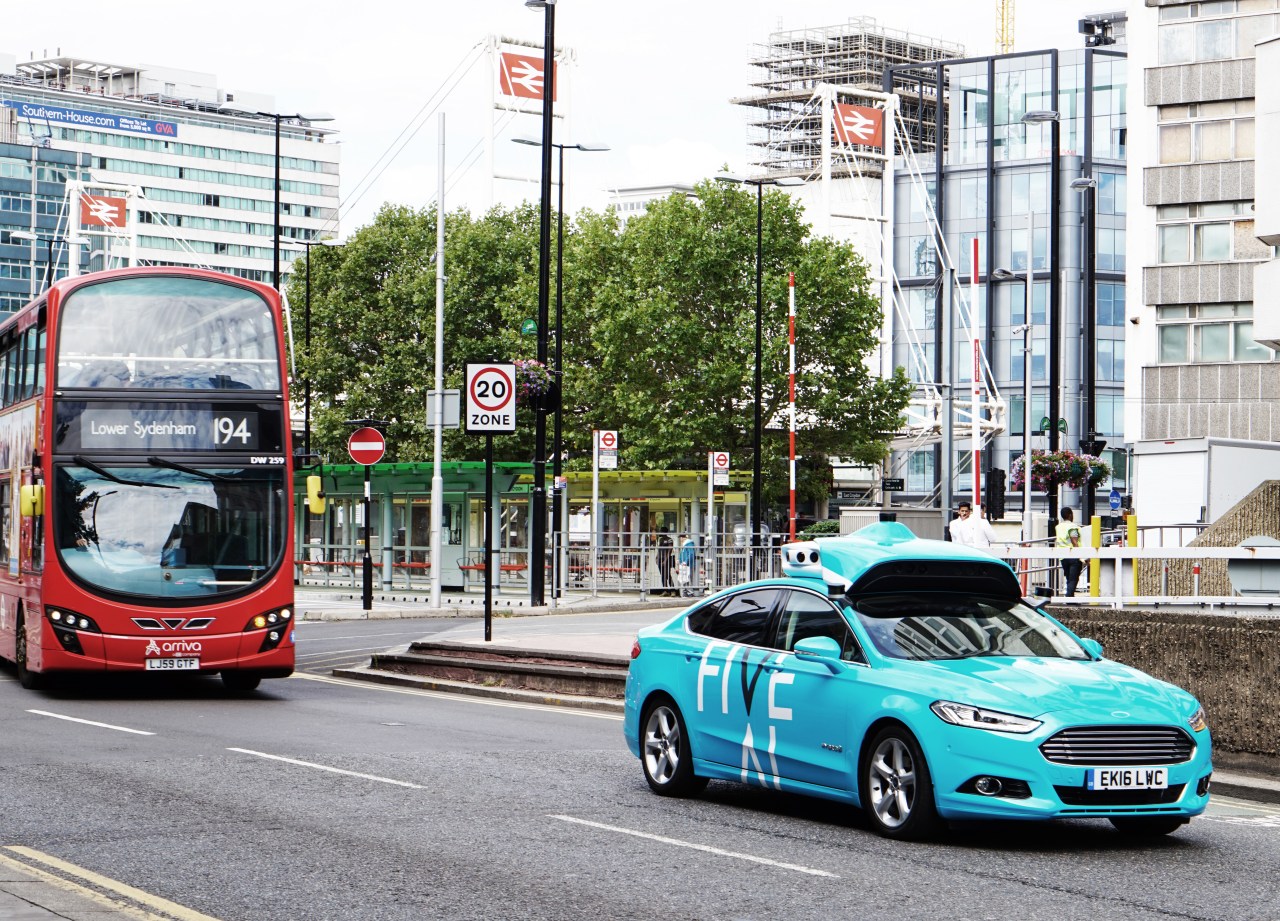The world of autonomous vehicles is characterized by ambition, innovation, and the heady promise of transforming transportation. However, as many startups emerge from the shadows, grappling with the complexity of self-driving technology, pivots and strategic shifts often define their journey. This brings us to the story of England’s Five, formerly known as FiveAI. Recently, Five made headlines not only by securing a significant $41 million in funding but also by changing course from building its own fleet of autonomous vehicles to a more sustainable B2B approach.
From Building to Licensing: Navigating the Complex Web of Self-Driving Technology
The dream of having fully autonomous cars that take us seamlessly from point A to point B is an alluring one, yet riddled with complexities. As Five’s co-founder and CEO, Stan Boland, noted, the realization of this vision involves not just substantial financial investment but a deep understanding of the intricate challenges that underlie self-driving technology. In response to these insights, Five plans to focus on licensing technology—specifically software designed to measure and test the driving capabilities of vehicles—rather than creating its fleet.
This shift is indicative of a larger trend in the self-driving sector, where many startups are reassessing their roles amidst a landscape populated by mammoth competitors like Waymo and Cruise. Economically, building and operating self-driving cars demands enormous resources, leading many companies, including Five, to adapt strategies that emphasize technological licensing and partnerships.
The Road Behind Five: Notable Partnerships and Funding Milestones
Five’s transition from autonomous car producer to tech provider is underpinned by fresh investment from notable backers. The latest funding round garnered interest from Trustbridge Partners, Direct Line Group, and Sistema VC among others, culminating in a total of $77 million raised to date. These strategic partnerships serve as a testament to Five’s capability to innovate and adapt, especially in the face of competition and market unpredictability.
- New Investors: Brands like Direct Line Group are not merely investors; they are functional collaborators. Their involvement signifies a powerful opportunity to incorporate insights from insurance markets into autonomous vehicle technology.
- Real-World Tests: Five’s commitment to ongoing research remains evident as the company continues supporting initiatives such as the government-backed StreetWise project, aimed at refining self-driving systems in urban settings.
The Complex Jigsaw: Collaborations and Challenges Ahead
The journey to realizing Level 5 autonomy—where a vehicle can operate without any human intervention—remains fraught with challenges. Boland estimates that achieving this milestone will require hundreds of billions in investment, a figure that emphasizes the vast financial commitment needed across the industry. Five’s pivot signals a keen understanding of these challenges, with the company now serving as a vital provider of the technology necessary to solve these demanding puzzles.
For example, Direct Line Group’s collaboration with Five holds promise in revolutionizing how vehicles are insured, as their data-driven insights could lead to new risk assessment methodologies specific to autonomous vehicles. Boland articulates this well: “We could offer tech in a dozen different areas that are hard for autonomous driving companies.”
A SaaS Approach to Automobiles: The Future is B2B
Five’s decision to focus on B2B partnerships aligns with broader trends witnessed across various sectors where software-as-a-service (SaaS) models dominate. Companies are increasingly realizing that providing specialized software and expertise can yield greater scalability and security than the high-stakes game of fleet operations without comprehensive backing from large automotive manufacturers. This approach enables agility while fostering a collaborative ecosystem of stakeholders working towards safer and smarter transportation solutions.
In essence, being adept at delivering intricate technological solutions—even amidst a slowly evolving self-driving framework—allows Five to tap into a growing market hungry for effective tools and systems. The journey isn’t just about creating autonomous vehicles; it’s about elevating the entire ecosystem that supports them.
Conclusion: Charting a New Course in Autonomous Tech
Five’s pivot exemplifies the adaptability required in the ever-evolving tech landscape. The realization that building and sustaining an entire fleet of autonomous vehicles is a monumental task encourages a collaborative approach focused on leveraging technology rather than physical assets. As investors continue to place their confidence in companies that can navigate this complex web, the self-driving sector is bound to witness innovative shifts, leading us closer to a future where autonomous vehicles become an integral part of everyday life.
At fxis.ai, we believe that such advancements are crucial for the future of AI, as they enable more comprehensive and effective solutions. Our team is continually exploring new methodologies to push the envelope in artificial intelligence, ensuring that our clients benefit from the latest technological innovations. For more insights, updates, or to collaborate on AI development projects, stay connected with fxis.ai.

